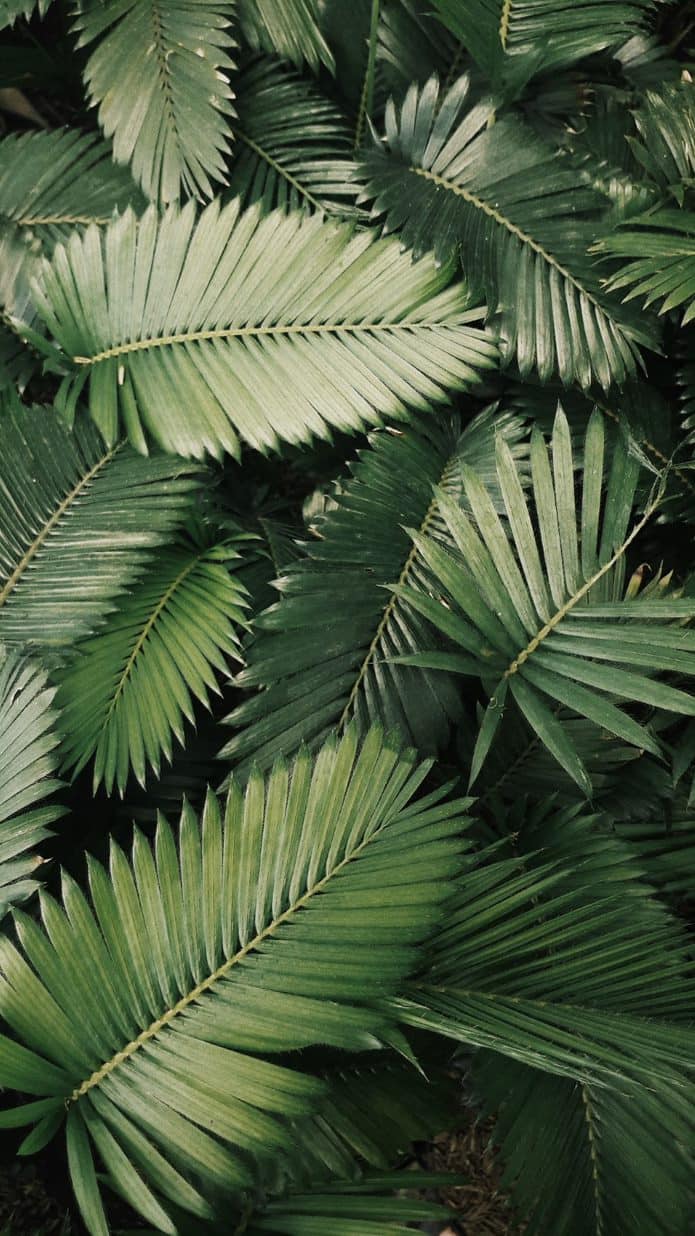If you've ever been curious about what truly makes the Dominican Republic unique, the answer lies in its folklore. Beyond its paradise beaches, this Caribbean island is a mosaic of living traditions, vibrant rhythms, and cultural expressions that connect the present with the deepest roots of its people. On this journey, we invite you to dive into that authentic essence that can be felt in every corner of the country—especially in places like Cayo Levantado, where local culture comes alive through music, dance, and the warm hospitality of its people.
What is folklore?
Before diving into Dominican folklore, let’s define what folklore is. It’s a collection of traditional cultural expressions of a people, passed down from generation to generation. It includes legends, stories, songs, dances, crafts, and gastronomy—creating a unique and special identity.
Folklore is the living memory of a people, an invaluable legacy preserved through the centuries, enriching the cultural identity of each nation. It’s the voice of the people, narrating their stories, beliefs, and customs. Preserving folklore is essential to keeping the flame of tradition alive and passing it on to future generations.
What is Dominican folklore?
Dominican folklore is an explosion of joy, history, and passion. It’s a unique blend of African, Spanish, and indigenous influences that come together to create vibrant, lively artistic expressions. To truly understand Dominican culture, you must immerse yourself in its folklore—and there’s no better way than through its dances, music, and traditional dress.
Imagine the contagious energy of African drums, the passion of Spanish flamenco, and the spirituality of Taíno rituals—all fused into one unique and vibrant cultural expression. That’s Dominican folklore—a melting pot of cultures reflected in every dance step, every musical note, and every piece of traditional clothing.
The folklore of the Dominican Republic
Step into the very soul of the Dominican Republic through its rich folklore. Discover how ancestral traditions blend with European and African influences to create a vibrant and unique cultural mosaic.
In the local culture of Cayo Levantado, tradition merges with daily life and is expressed through festivals, gastronomy, and music that invite visitors to become part of a truly authentic cultural experience.
Dominican folklore dances
Dominican folk dance is a celebration for the senses. From the contagious rhythm of merengue, declared Intangible Cultural Heritage of Humanity by UNESCO, to the sensuality of bachata, every dance tells a story and invites you to join in.
Each Dominican folk dance is a burst of energy, color, and rhythm. The movement, music, and costumes all combine to create a sensory experience that transports you to the heart of Dominican culture. It’s almost impossible to resist the urge to dance and let yourself be carried away by the joy.
Here are some of the most representative folk dances:
- Merengue: The national rhythm of the Dominican Republic, full of energy and joy. Its fast pace and playful lyrics will make you want to move to the beat of the güira, tambora, and accordion.
- Bachata: A romantic and passionate dance that has conquered the world. Its emotional lyrics and sensual moves will take you on a journey of feeling.
- Sarandunga: A religious dance of African origin, full of mysticism and devotion. It is performed during Holy Week in honor of Saint John the Baptist.
- Carabiné: A vibrant and colorful dance symbolizing the struggle between Spanish colonizers and African slaves. Its acrobatic movements and powerful drum beats will leave you breathless.
Dominican folk music
Dominican folk music is a reflection of the country’s history and its people. From lively merengues to melancholic bachatas, each note tells a story and draws you into a sea of emotion. Traditional instruments like the güira, tambora, and accordion come together to create melodies that go straight to the soul.
Dominican folk music is a cultural treasure that has crossed borders. Its infectious rhythms and heartfelt lyrics have won hearts around the world. When you listen to Dominican music, you feel the joy, the passion, and the nostalgia that characterize this Caribbean nation.
Some of the most representative musical genres include:
- Classic merengue: The most traditional version of merengue, with lyrics about rural life, love, and everyday experiences.
- Traditional bachata: With romantic and melancholic lyrics, accompanied by guitar, bongos, and güira.
- Salve: A religious chant of Spanish origin, performed in churches and during processions.
- Gagá: A music and dance of Haitian origin, with a frenetic rhythm and lyrics in Creole.
Dominican folklore dress
Dominican folk costumes stand out for their vibrant colors and ability to tell stories. From the wide, colorful skirts of merengue dancers to the elegant bachata outfits, each garment reflects the identity and tradition of the Dominican people.
More than just aesthetics, these costumes convey values, beliefs, and customs through details like embroidery, lace, and accessories. Some characteristic elements include:
- Skirts or polleras: Wide, flowing, and full of bright colors and ruffles.
- Embroidered blouses: Decorated with lace and floral motifs.
- Hats: Made of straw or felt, worn by both men and women.
- Espadrilles: Traditional footwear made from natural fibers—perfect for dancing.
Enjoying Dominican folklore means experiencing its culture, music, and craftsmanship up close in a naturally beautiful setting. Don’t miss the chance to immerse yourself in an unforgettable experience at Cayo Levantado Resort—a paradise where you can enjoy the natural beauty and cultural richness of the Dominican Republic.


